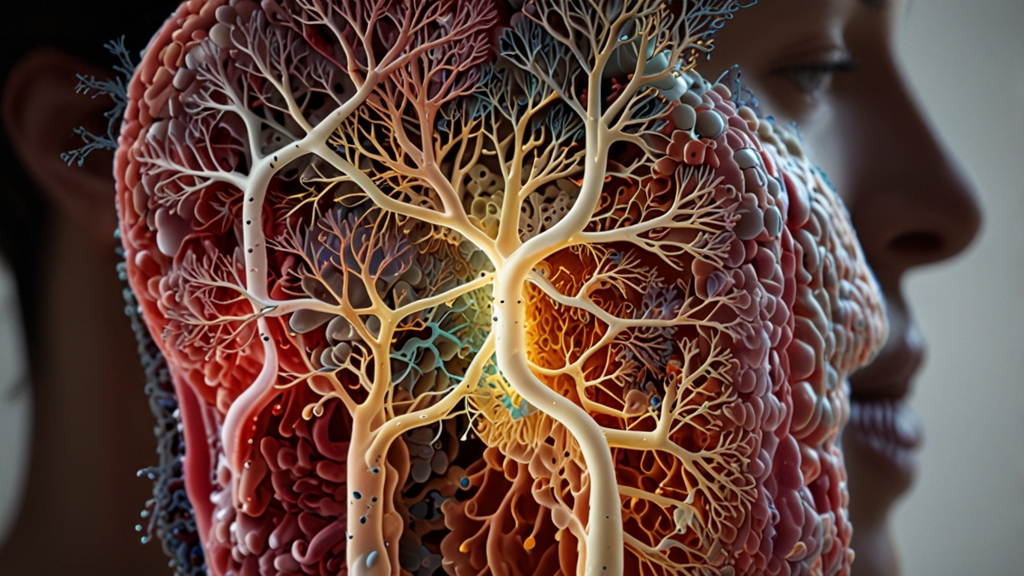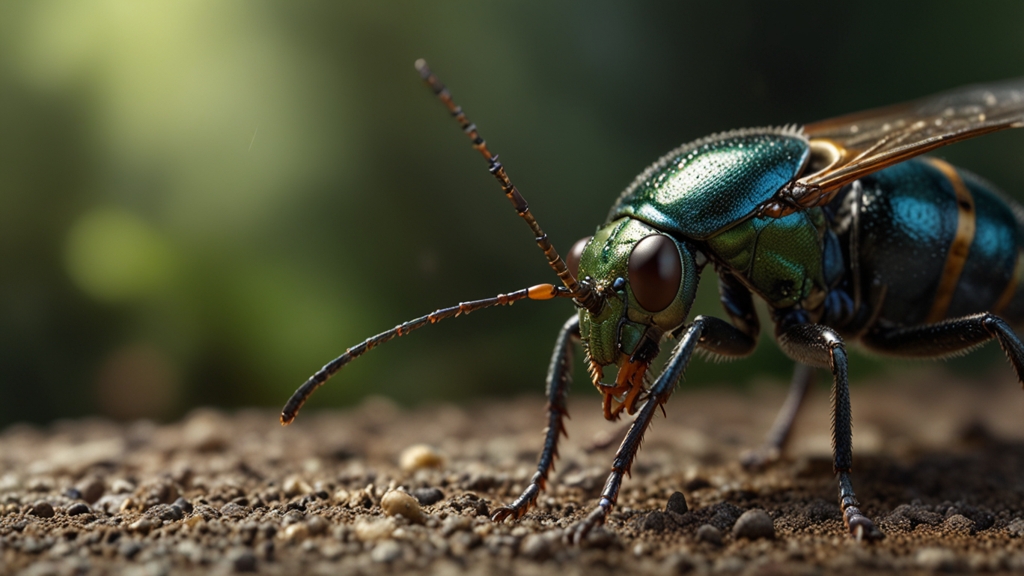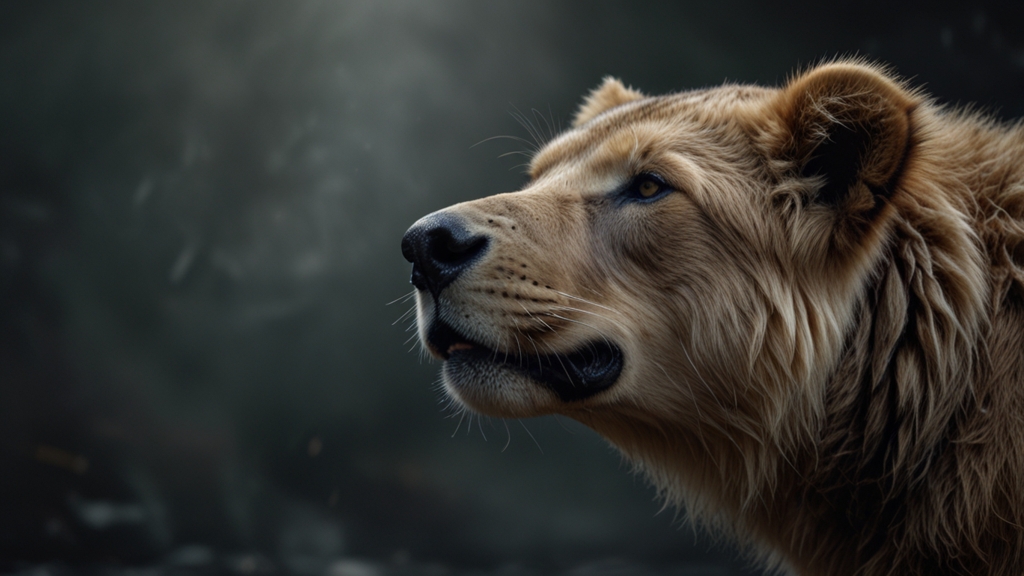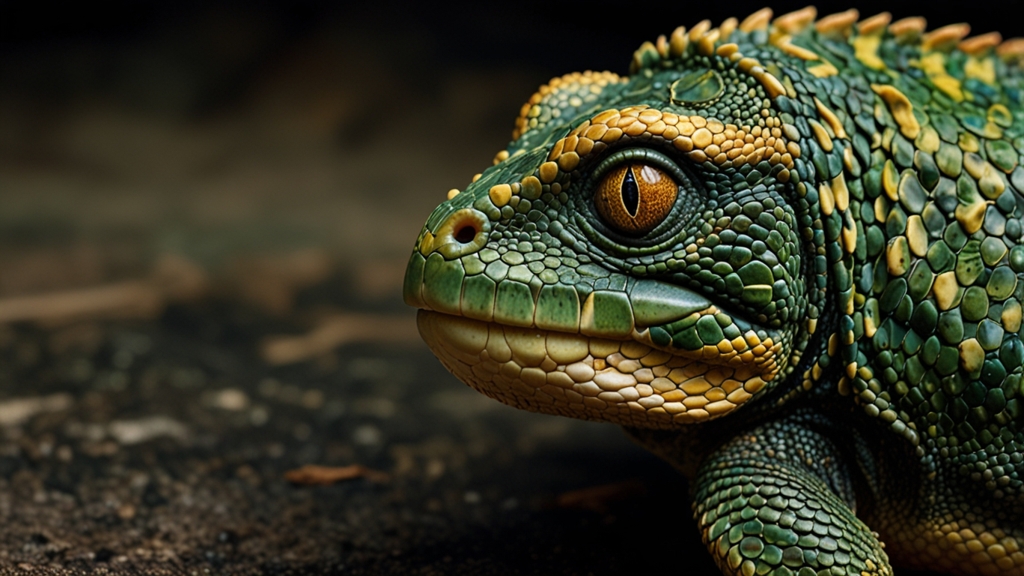Friends or Foes? The Complex Relationships Among Animal Species
The animal kingdom is a tapestry of intricate relationships, ranging from symbiotic partnerships to relentless rivalries. Understanding these interactions not only unveils the complexities of nature but also reflects on the resilience and adaptability of different species. Let’s delve into the multifaceted connections that define the lives of animals in the wild.
Mutualism: A Win-Win Situation
Mutualism stands out as an exemplary type of interaction where both species benefit from their association. A classic example is the relationship between the clownfish and the sea anemone. The clownfish finds a safe haven among the toxic tentacles of the sea anemone, while the anemone benefits from the nutrients in the clownfish's waste.
“The symbiotic relationship where both species gain sustenance and protection signifies the harmony that can exist in nature.”
Another notable example is the partnership between certain bird species and large herbivores. Birds such as the oxpecker feed on parasites found on mammals like buffalo, providing relief to these large animals while garnering a reliable food source in return.
Commensalism: One Benefits, the Other Unaffected
Commensalism describes a scenario where one species benefits while the other remains unaffected. Barnacles attaching themselves to whales exemplify this relationship. The barnacles gain mobility and access to nutrient-rich waters, while the whale experiences no significant harm.
Another fascinating instance is the relationship between epiphytic plants and their host trees. Epiphytes, including orchids and ferns, grow on tree branches. They obtain sunlight, air, and water without exploiting the host tree’s resources, largely remaining neutral to their host's wellbeing.
Parasitism: A Complex Dilemma
In stark contrast to mutualism and commensalism, parasitism presents a grim reality where one organism, the parasite, benefits at the expense of the other, the host. Parasites like ticks, fleas, and certain fungi derive nourishment or shelter from their hosts, often causing harm in the process.
“Parasitic relationships bring to light the stark contrasts within natural ecosystems, where survival often hinges on the detriment of another.”
Tape worms in the intestines of mammals, mistletoe on trees, and even brood parasitism seen in cuckoos laying eggs in other birds’ nests underline the exploitation and evolutionary arms race that characterize parasitic interactions.
Predation: The Circle of Life
Predation is perhaps the most vividly dramatic relationship in nature. Predators hunt prey, creating a dynamic balance within ecosystems. The lion and the zebra, the eagle and the rabbit, these relationships drive the evolutionary adaptions seen in both predators and prey.
Predation involves not only carnivorous pursuits. Herbivores grazing on plants also count as a form of predation, influencing the growth patterns and defense mechanisms of plant species.
Competition: The Struggle for Survival
In the wild, resources are often limited, leading to competition both within a species (intraspecific) and between different species (interspecific). This competition can drive evolution and often determines which species thrive and which do not.
Carnivores such as lions and hyenas competing for the same prey exemplify interspecific competition. Meanwhile, trees of the same species vying for sunlight in a dense forest represent intraspecific competition. These competitive interactions promote biodiversity and ecosystem health.
“The competitive interactions among species underscore the relentless struggle for survival and the continuous process of natural selection.”
The Balance of Nature
The relationships among animal species are a testament to the delicate equilibrium that sustains life on Earth. Mutualism and commensalism highlight the cooperative aspects of nature, while parasitism and predation underscore its often harsh realities. Competition further pushes species to adapt, ensuring biodiversity and resilience within ecosystems.
By studying these relationships, we gain profound insights into the interconnectedness of life. Even as species vie for survival, their interactions weave the complex web that sustains our planet’s ecological harmony.
Nature’s balance is a reminder of the intricate and interdependent world we inhabit, urging us to appreciate and protect the delicate systems that sustain all life forms.










